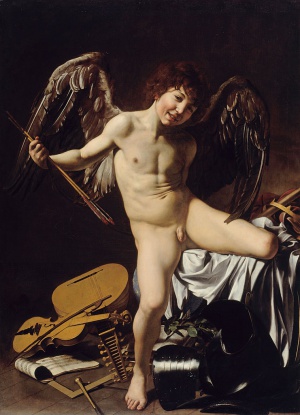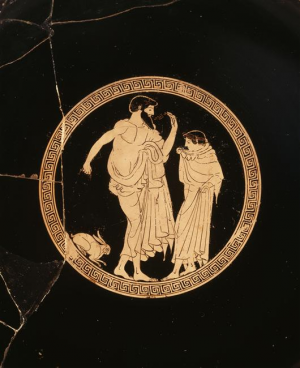(Boylove Documentary Sourcebook) - The Age Range for Young Male Beloveds as Given in 'Alcibiades the Schoolboy' by Antonio Rocco: Difference between revisions
| Line 13: | Line 13: | ||
==See also== | ==See also== | ||
*[[Adult friend (dictionary)]] | *[[Adult friend (dictionary)]] | ||
*[[Age of attraction (dictionary)]] | |||
*[[Boylove]] | *[[Boylove]] | ||
*[[Ephebophilia]] | *[[Ephebophilia]] | ||
Revision as of 06:25, 1 May 2020

From Forbidden Friendships: Homosexuality and Male Culture in Renaissance Florence by Michael Rocke (Oxford; New York: Oxford University Press, 1996). Footnotes omitted.
The judiciary evidence on the prevalence of relations between adult men and boys also corresponds closely to literary representations of the period. Virtually all of the contemporary novelle on homoerotic themes, from Boccaccio on, feature the love of mature youths or men for adolescents or young garzoni. Probably the best-known apology for pederasty in early modern Italy, L’Alcibiade fanciullo a scola, revolves around the persistent courting of a handsome fourteen-year-old boy, Alcibiade, by his schoolmaster, Filotimo. Filotimo instructs his protégé that the proper object of male homoerotic desire is boys (l’amor maschio è fanciullo) and he roundly condemns men who seek out sex with other adult males as “rebels of love, men of brutish and corrupted senses.” Asked by Alcibiade at what age boys are best enjoyed sexually by men, he says they are ideally between the ages of nine and eighteen, “although there is no fixed rule, since some retain their boyishness longer, and others fade early, just as some full, round little boys excite you from infancy on.”

See also
- Adult friend (dictionary)
- Age of attraction (dictionary)
- Boylove
- Ephebophilia
- Loved boy (dictionary)
- Minor-attracted person (dictionary)
- Pedophilia
- Young friend (dictionary)
External links
- ALCIBIADES THE SCHOOLBOY. Translated from the French by J C Rawnsley (Greek Love Through the Ages)
- INTRODUCTION TO ALCIBIADES THE SCHOOLBOY (Greek Love Through the Ages)
- PREFACE TO THE FRENCH TRANSLATION OF ALCIBIADES THE SCHOOLBOY, 1891 (Greek Love Through the Ages)
- A review of L'Alcibiade fanciullo a scola by Antonio Rocco, Venice, 1651, translated from the Italian by J. C. Rawnsley as Alcibiades the Schoolboy, Entimos Press, 2000 (Greek Love Through the Ages)